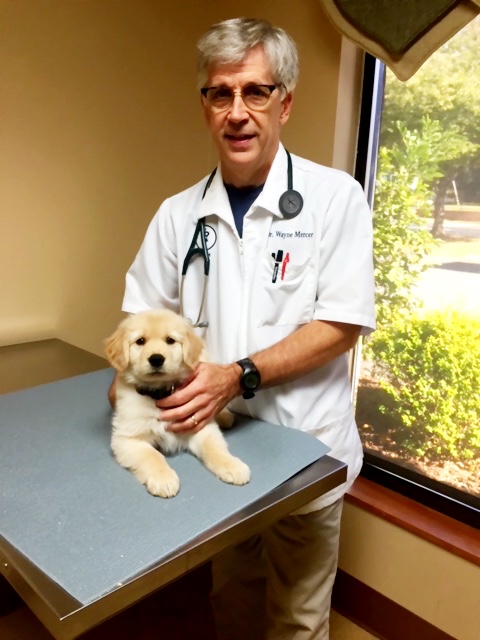Domino, a three-year-old Staffordshire Terrier mix rescue, with his best friend, Cora. As one of the six “pet-testants” participating in So You Think You Can Bark , Domino will perform a routine of tricks onstage with the help of Cora during the benefit for the nonprofit Stand For Animals on Feb. 21 at Knight Theater.
Domino, a three-year-old Staffordshire Terrier mix rescue, had his best day ever in 2018 when he was adopted by a family that includes his now-best friend, fifth-grader Cora, 11.
The two constant companions have spent months learning tricks with the help of a professional dog trainer as part of their commitment to being one of the six teams of “pet-testants” (dogs and their owners) competing at So You Think You Can Bark on Feb. 21 at 7:30 p.m.at Knight Theater.
The fun event is a benefit for Stand For Animals Veterinary Clinic, which operates three nonprofit clinics in Charlotte, Pineville and Lake Norman. Its mission is to make sure every pet and pet owner has access to quality, affordable veterinary care and spay neuter services with the goal of reducing the number of dogs and cats euthanized in regional shelters and to creating a community without homeless pets.
Tickets are $27.11 and can be purchased at standforanimals.org.
Cora, who describes herself as being an animal lover for as long as she can remember, decided to get involved with the event after attending last year’s benefit with her dad. Now she and the six other teams are working hard with their dogs while also trying to reach a fundraising goal of $10,000 each for a total of $60,000. To help them reach their goal, you can go online to make a donation.
Cora’s grandparents Dave and Karen Dillard in their #teamcoraanddomino T-shirts.
Two of Cora and Domino’s biggest cheerleaders are Cora’s grandparents, Dave and Karen Dillard. They live in Waxhaw and are rooting for #teamcoraandomino. To learn more about Cora’s devotion to helping pets, click here.
You can learn about the other “pet-testants” here.
While on a break from practicing his routine with Cora and his trainer, Piper, Domino agreed to answer questions for The O Report’s first Pet Profile.
Meet Domino, who kindly agreed to be The O Report’s first Pet Profile.
How did you and your human family meet?
At the Humane Society of Charlotte’s shelter. My name then was Paddy. I was next to a smaller dog that barked a lot and would never look at me. I was so happy that Cora and her family fell in love with me right away.
What do you love about Cora?
She’s very sweet to me and she lets me snuggle with her in her bed. She also walks me, feeds me and trains with me weekly.
Who do you like to play with other than Cora?
My toy dragon.
What are your favorite pastimes?
Playing with Cora and her brother, Cole, and playing with my toys.
What’s your favorite way to relax?
I like to lay in the sun on my dog bed. Or I’ll sneak up to Cora or Cole’s bedrooms when they aren’t home and take a nap.
What’s your favorite meal?
I have to eat my dog food, but I love cheese.
What’s your favorite treat?
Cheese and bread.
What do you think makes you so special?
I’m very loveable and sweet. I love kids and enjoy rolling around on my back.
What do you do that your family thinks is funny?
I like to make strange noises — it makes them all laugh.
What are you most looking forward to about being a pet-testant at So You Think You Can Bark?
Being on stage with Cora and my trainer Piper and showing other kids how important it is to spend time with their animals and to love them!












